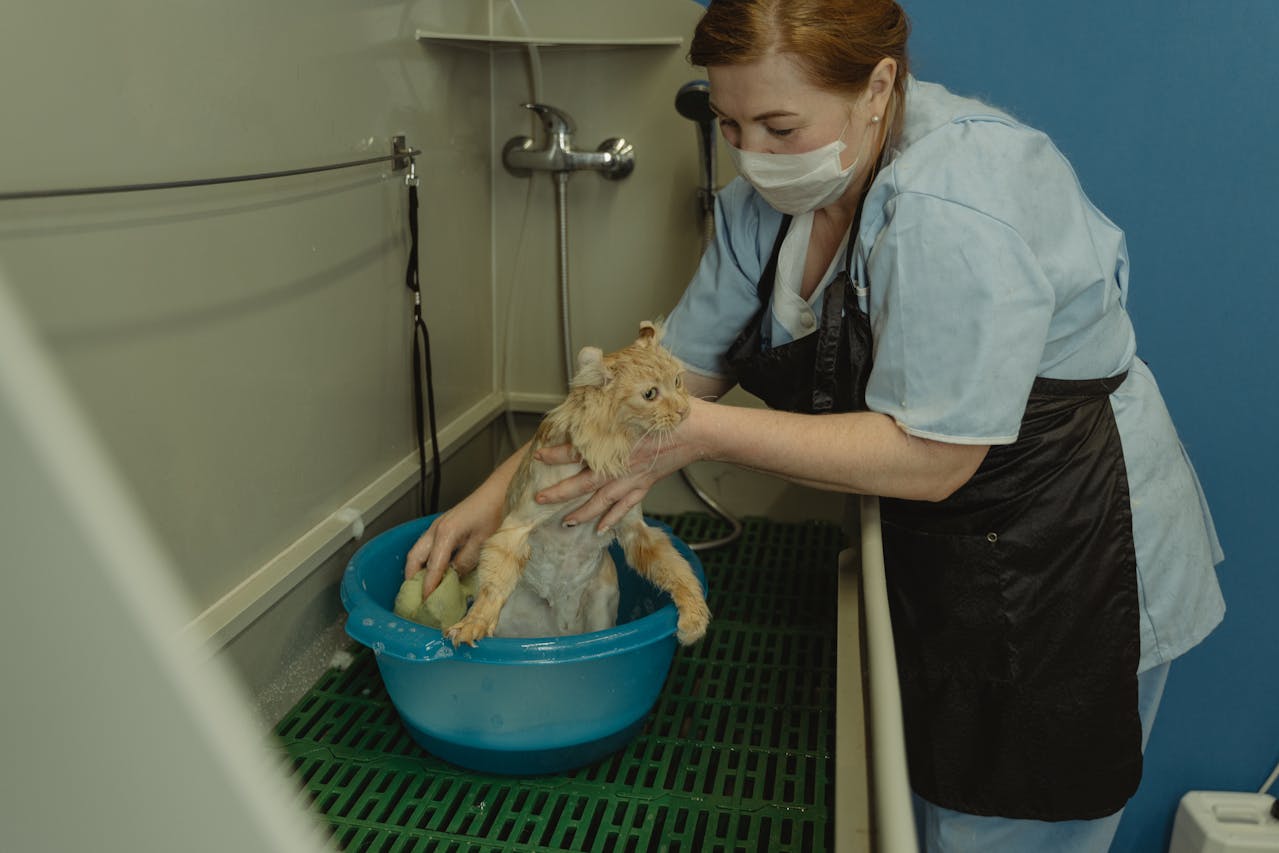All Pet conditions Articles

Pet Gastritis: What You Need to Know
Pets often end up at the vet because of stomach issues. Dogs and cats are naturally curious, and that curiosity sometimes gets them into trouble—whether it’s snacking on spoiled food from the trash or nibbling on mysterious plants in the yard. Unfortunately, their adventurous taste tests can lead to some pretty uncomfortable tummy troubles.

5 Warning Signs You Should Never Ignore in Your Pet
Our pets can’t speak up when they’re feeling sick, so it’s really up to us to notice when something’s not right. As a pet owner, you know your furry friend better than anyone—so if they start acting a little off, it might be their way of telling you something’s wrong.

Pet Grooming: Keep Your Pet—and Your Home—Fresh and Clean
Does your pet love curling up on the couch or snuggling in bed with you? You're not alone! In fact, around 41% of pet owners in the U.S. allow their furry companions to stay indoors and even share their beds. While it’s cozy and comforting, it also means more pet hair, dander, and lingering odors making their way into your home over time.

Diabetes in Pets: What Every Pet Owner Should Know
There are two primary types of diabetes that can affect pets: diabetes mellitus and diabetes insipidus. Both conditions are serious and require proper veterinary care. In fact, pet insurance data from Nationwide shows that in 2016 alone, pet owners submitted nearly $3.4 million in claims for diabetes-related treatments. With vet visits ranging from $180 to $500 per visit, managing diabetes in pets can be costly, making early detection and proper treatment essential.

The Hidden Danger of Pet Obesity
We often hear about the rising obesity rates in people, but did you know our pets are facing the same challenge? In the U.S., more than half of all cats and dogs are overweight. In fact, the Association for Pet Obesity Prevention reports that about 60% of cats and 56% of dogs—roughly 56.5 million cats and 50.2 million dogs—are carrying extra pounds. This isn’t just about looks; it can seriously affect their health and quality of life.

Why Pets Visit the Vet: The Top 10 Reasons Every Pet Owner Should Know
As a pet owner, you likely hope that trips to the vet are limited to routine checkups and vaccinations. However, pets can face a variety of health issues that may require medical attention. According to data from Nationwide pet insurance, some health problems are more common than others. Understanding these issues can help you stay informed and proactive about your pet’s well-being.
Get insurance plans with wide-ranging coverage options






